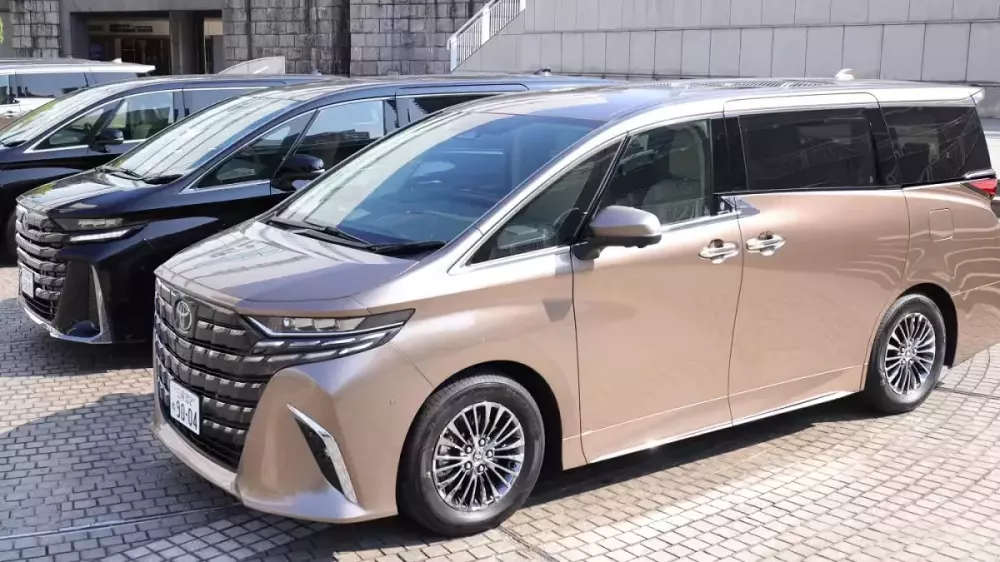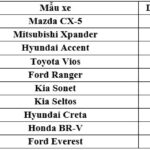The world’s leading car manufacturer, Toyota, is facing an unusual situation as it has to reject orders for half of its car models at dealerships in Japan. The reason behind this situation is the backlog of orders resulting from persistent supply constraints due to the Covid-19 pandemic.
Reporters from Nikkei surveyed several Toyota dealerships in Japan about the sales situation of 20 popular car models. The dealerships reported that since mid-November, the company has stopped accepting orders for the large-size MPV model, Toyota Alphard. The company has also stopped accepting deposits for the upcoming Toyota Land Cruiser 300 SUV due to concerns about its ability to fulfill orders before the launch of a new car model.
The new generation Toyota Alphard was launched in the Japanese market at the end of June this year. However, in early July, orders for this car model at dealerships started to be restricted. The orders for the upgraded version of the Toyota Aqua model were also temporarily suspended around September. Meanwhile, some car models like Toyota Harrier and Corolla Cross are not subject to restrictions.
The consequence of stopping orders for half of the car models in the Japanese market has been reflected in Toyota’s overall sales figures. In the seven months from April to October 2023, the sales at Toyota dealerships nationwide only saw growth in two months compared to the same period last year.
Toyota’s sales figures saw the most significant decline in August this year. In the same period last year, the demand for Toyota cars was high due to the launch of the new generation of the Sienta model.
Most other car manufacturers have not faced similar issues in meeting consumer demand. Meanwhile, Toyota is facing three main factors.
The first factor is demand exceeding supply. The company has revised its domestic production forecast for Toyota and Lexus cars for the fiscal year 2023 by an additional 90,000 units, totaling 3.34 million units. According to the Japan Automobile Dealers Association, Toyota’s market share in the Japanese market from July to September increased by nearly 10 percentage points compared to the same period last year, reaching over 50%.
The large backlog of orders is considered the second factor. In Toyota’s production system, cars are assembled based on orders to minimize inventory and waste. When production capacity decreased due to chip shortages during the Covid-19 pandemic, the company continued to accept orders. The backlog of orders for this company reached approximately 1 million cars during its peak period.
The final factor is the integration of Toyota’s sales channels in 2020. Toyota dealerships were previously divided into four types, each selling a specific range of car models. Now, Japanese customers can buy any Toyota car model at any dealership. A dealership manager mentioned that this has led to “a surge in orders for some popular car models” and an increase in order cancellations.
Of course, Toyota’s situation is showing signs of improvement. The average delivery time has decreased from around 6 months at the end of 2022 to less than 5 months. Some sources suggest that the delivery time will continue to decrease to around 4 months in the spring.
The restrictions on new orders have been relaxed compared to mid-November, and the situation may return to normal after the spring of 2024. If not, consumers may consider switching from Toyota to competitors’ cars.














































